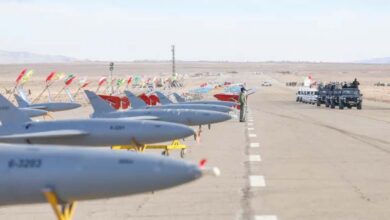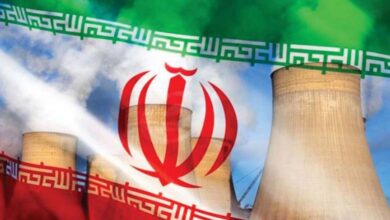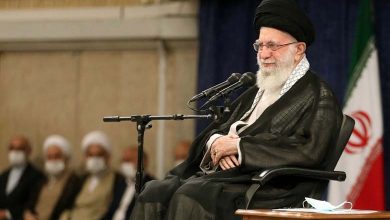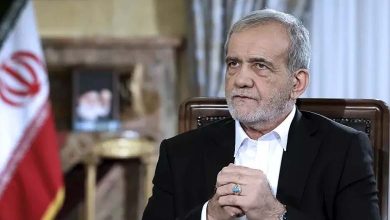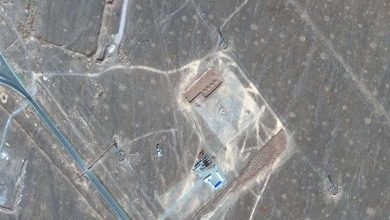Large-scale cleanup operation at a nuclear site: Is Iran erasing evidence of secret activity?

The Institute for Science and International Security reported that Iran has recently launched a large-scale cleanup operation at the Mojdeh site, located north of Tehran.
This site had been struck by Israeli air raids in June. The institute warned that such actions “could erase any potential evidence of activities related to the development of nuclear weapons.”
-
Iran announces upcoming visit by IAEA inspectors within two weeks
-
IAEA Announces Departure of Inspectors from Iran
Rapid cleanup efforts
The institute, an independent research body specializing in nuclear non-proliferation and headed by former international inspector David Albright, stated that satellite images showed “major efforts to swiftly remove damaged or destroyed buildings, suggesting an attempt to conceal any incriminating evidence.”
Iran has not officially responded, repeatedly insisting that its nuclear program is “peaceful in nature” and rejecting allegations of weaponization.
The report indicated that Israel bombed the site twice on June 18 as part of a broader campaign targeting hundreds of Iranian facilities.
-
“Iran’s Nuclear Program”: IAEA Condemnation and Tehran’s Response
-
IAEA calls on Tehran to put relations back on track
The site, also known as Lavizan 2, is adjacent to Malek Ashtar University. Reports from the International Atomic Energy Agency (IAEA) have previously linked it to the Amad program for nuclear weapons development, which the agency and U.S. intelligence concluded ended in 2003.
The first strike hit several buildings, including one belonging to the Institute of Applied Physics and another connected to the “Shahid Karimi” group, which is under U.S. sanctions. The second strike destroyed the institute’s main building and damaged a security facility, according to images captured by Maxar Technologies.
-
Iran boosts uranium enrichment in response to IAEA pressure
-
IAEA accuses Iran of increasing uranium enrichment
Revealing images
Satellite photos dated July 3 showed the beginning of cleanup and debris removal operations, while later images from August 19 confirmed the full demolition of the applied physics building and the workshop, with all debris cleared. The report argued that “the speed of the operation aimed to minimize the chances of any subsequent inspection uncovering evidence of undeclared activities.”
This comes as the IAEA is engaged in talks with Tehran to resume inspections, which have been suspended since the outbreak of war between Israel and Iran (June 13–24) and U.S. strikes on key Iranian nuclear facilities on June 22.
-
Nuclear: Iran announces removal of two IAEA surveillance cameras
-
Iran threatens International Atomic Energy Agency (IAEA)
IAEA Director Rafael Grossi stressed that Iran is “legally obligated” to allow inspections “as soon as possible,” adding that the agency seeks access to all relevant sites, including Fordow, Natanz, and Isfahan.
Troubling stockpiles
The institute also noted that Iran still holds more than 400 kilograms of enriched uranium at a level close to weapons-grade, raising further concerns about its intentions, especially amid stalled negotiations and a deepening trust deficit with the international community.




